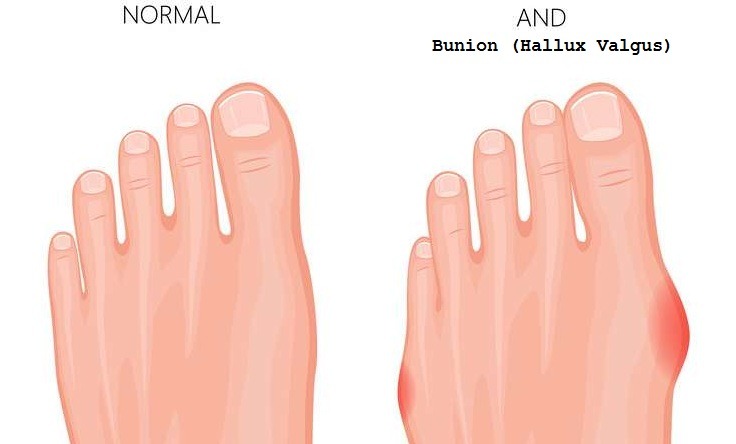Dislocation of the knee cap from the canal of the thigh bone is called as knee cap (patella) dislocation. In the genetic and congenital knee cap dislocation disease, the consistence o the knee cap bone with the joint of the patient is generally impaired. Therefore, while the patient is standing still, the knee cap bone may stick out and pain may occur.
In case of knee cap dislocations, an intense pain and swelling occurs in the front of the knee. Difficulty and increased pain are observed during knee movement. The diagnosis is made after MRI evaluation together with the examination of the medical history of the patient. Dislocation is corrected in patients experiencing dislocation for the first time and if semi-dislocation is not observed, it is monitored by using a kneepad. However, trochleaplasty, MPFL reconstruction and removal of the attachment site of the patellar tendon to the outside and other similar surgical treatments are applied in recurrent dislocations. Purpose in surgical treatment; is elimination of the factors that cause dislocation. Therefore, a personal surgery planning is required.








